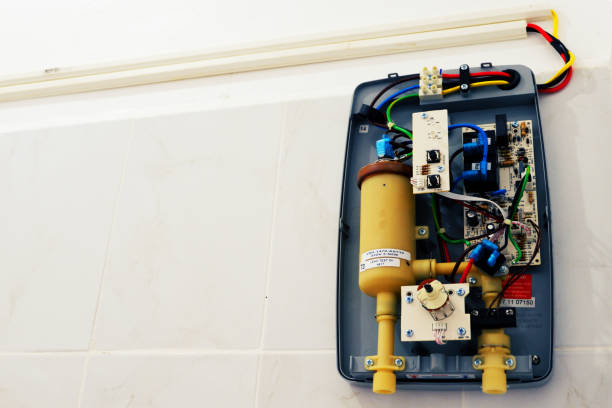In Australia, the electrical industry is regulated by strict standards and regulations to ensure the safety and reliability of electrical installations. One crucial aspect of this regulatory framework is testing three-phase electrical systems. Three-phase systems are commonly used in industrial and commercial settings because they provide a more efficient and balanced distribution of power. This article will explore the standards and regulations that govern three-phase testing in Melbourne, Australia.
The primary standard that governs three-phase electrical installations in Melbourne, Australia, is the AS/NZS 3000:2018, also known as the Australian/New Zealand Wiring Rules. This standard provides guidelines for the design, installation, and testing of electrical installations in both residential and commercial settings. It covers various aspects of electrical installations, including three-phase systems.
AS/NZS 3000:2018 states that all electrical installations, including three-phase systems, must be tested and inspected to ensure compliance with safety standards; this testing is essential to identify any faults or defects that may pose a risk to the safety of individuals or property. It also helps in verifying the functionality and performance of the system.
Testing three-phase systems involves various aspects, including insulation resistance testing, earth loop impedance testing, and polarity checks. Insulation resistance testing is conducted to measure the resistance between the individual conductors and the earth. This test helps identify any insulation breakdown or leakage current issues that may compromise the system’s safety.
Earth loop impedance testing, on the other hand, determines the resistance of the earth connection in the system. It ensures that the earth connection can safely carry fault currents, thereby protecting individuals and equipment from electric shock. This test is particularly important in three-phase systems as they have higher fault currents than single-phase systems.
Polarity checks are also conducted during three-phase testing to verify the correct wiring connections. Incorrect polarity can lead to equipment malfunction or even electrical hazards. This test ensures that the phase sequence and connections are properly aligned, minimizing the risk of electrical faults.
Apart from the AS/NZS 3000:2018, some additional standards and regulations specifically address three-phase testing. The AS/NZS 3017:2007, for example, provides guidelines for testing electrical installations in hazardous areas. It outlines the specific requirements for testing and inspecting three-phase systems in environments where flammable gases, vapors, or dust may be present.
Furthermore, the AS/NZS 3008.1.2:2017 standard focuses on the electrical installations’ design and selection of cables for three-phase systems. It provides detailed information on cable sizing, voltage drop calculations, and other technical aspects of three-phase installations. The standard also outlines the requirements for testing and inspecting the installed cables to ensure their compliance with safety standards.
To ensure compliance with these standards and regulations, it is essential to engage licensed electrical contractors with the necessary expertise and knowledge in three-phase testing. These contractors are familiar with the requirements and procedures outlined in the standards, ensuring accurate and reliable testing of three-phase systems.
Three-phase testing standards and regulations in Melbourne, Australia, play a vital role in ensuring the safety and reliability of electrical installations. The AS/NZS 3000:2018 is the primary standard that governs electrical installations, including three-phase systems. Additional standards such as AS/NZS 3017:2007 and AS/NZS 3008.1.2:2017 provide further guidelines for testing and inspecting three-phase systems in hazardous areas and cable selection, respectively. Adhering to these standards and engaging licensed electrical contractors can minimize the risk of electrical faults and hazards, enhancing the overall safety of electrical installations in Melbourne, Australia.
